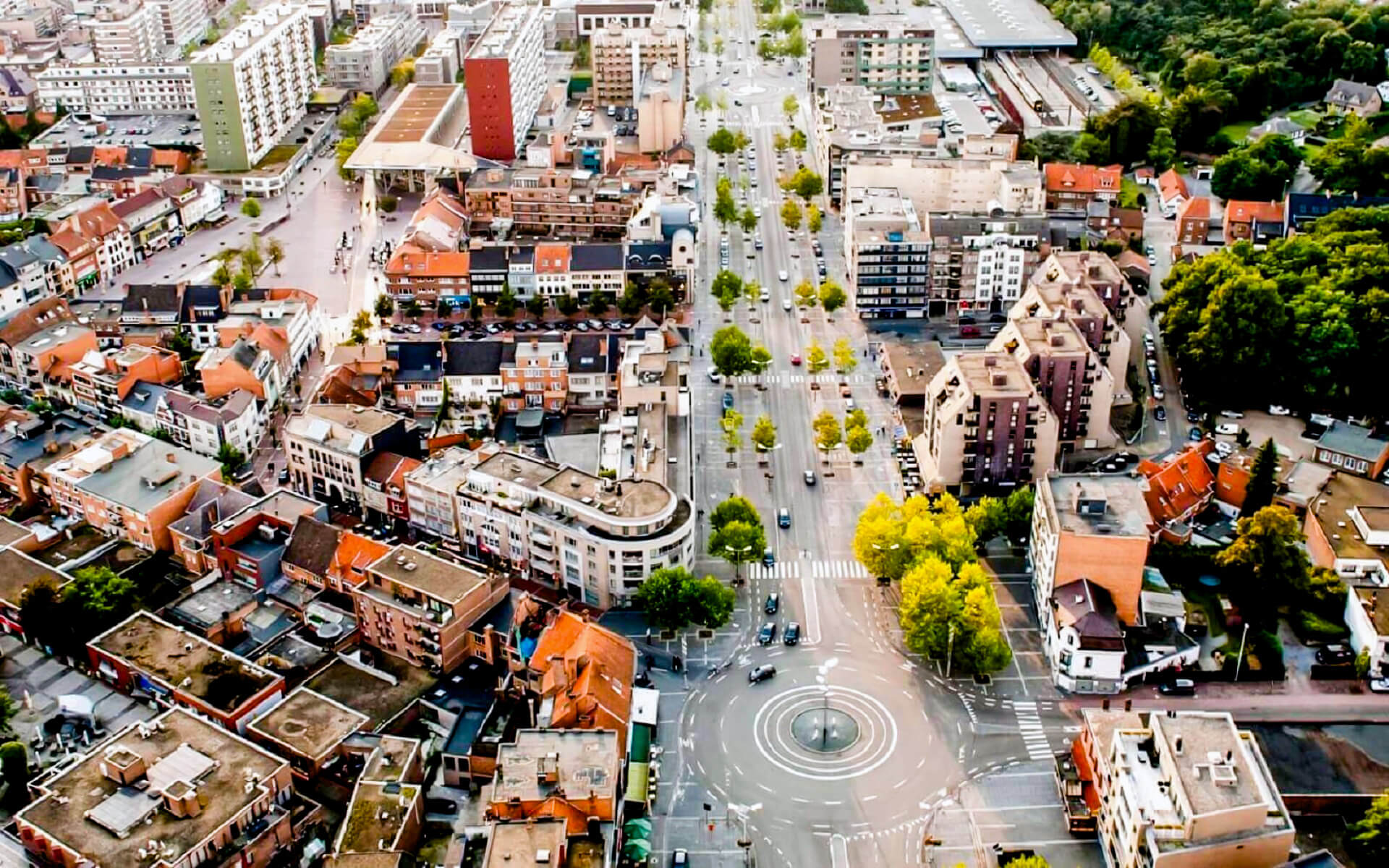Genk is a city and municipality in the Belgian province of Limburg, not far from Hasselt. The municipality solely includes the city of Genk. It is one of Flanders’ most prominent industrial towns, situated on the Albert Canal between Antwerp and Liège.
54 % of the population is of foreign origin, representing around 85 different nationalities, with the majority being Italians, Turks, and Greeks.


